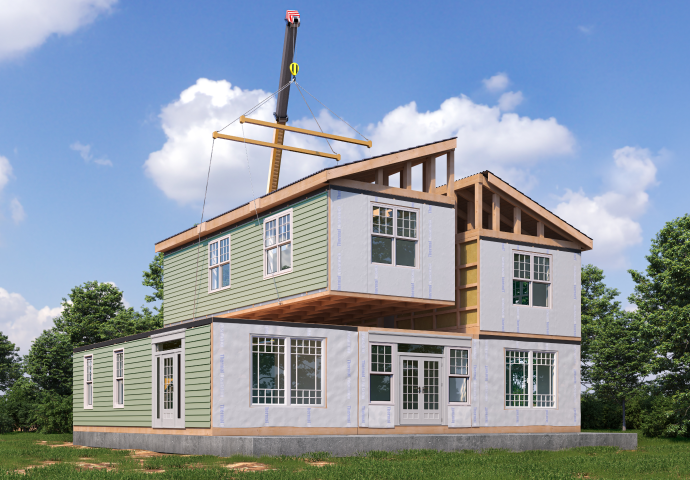The Response Spectrum is a graph that represents the dynamic response of a system, such as a structure or the ground, in the frequency domain. It involves transforming the dynamic response in the time domain into the frequency domain, aiding in understanding the dynamic characteristics of the system. Widely used in seismic and structural engineering, the Response Spectrum predicts and analyzes the response of structures under dynamic loads, particularly seismic conditions.
The spectrum breaks down a system's response over time into specific frequency ranges. This allows identifying response features at particular frequencies, considering the natural frequencies and damping characteristics of the structure. Typically, the Response Spectrum shows the response for parameters like acceleration, velocity, or displacement.
Response Spectra are crucial in seismic design and structural safety assessments. Dynamic responses to earthquakes depend on the system's natural vibration frequencies and the frequency characteristics of the earthquake. By using Response Spectra, we can predict how a system will respond under specific seismic conditions, helping improve structural design or evaluate safety.
Response Spectra are generally categorized into seismic acceleration, seismic velocity, or seismic displacement spectra, each providing the frequency-dependent dynamic response for acceleration, velocity, or displacement of a structure, respectively.
The below table summarizes the key features and differences between Displacement Response Spectrum, Acceleration Response Spectrum, and Velocity Response Spectrum. Each spectrum focuses on a specific dynamic response parameter (displacement, acceleration, or velocity) to analyze and understand the dynamic characteristics of structures or ground in the frequency domain. The choice of spectrum depends on the specific analysis requirements and the field of application.
|
Characteristic |
Displacement Response Spectrum |
Acceleration Response Spectrum |
Velocity Response Spectrum |
|
Definition |
Frequency domain analysis of the displacement of structures or ground |
Frequency domain analysis of the acceleration of structures or ground |
Frequency domain analysis of the velocity of structures or ground |
|
Unit |
mm or m |
m/s² or g |
m/s or mm/s |
|
Time-Frequency Transformation |
Uses Fourier Transform |
Uses Fourier Transform |
Uses Fourier Transform |
|
Type of Response |
Displacement |
Acceleration |
Velocity |
|
Dynamic Characteristics |
Analyzes system characteristics in terms of displacement response of structures or ground |
Evaluates system response in terms of acceleration of structures or ground |
Assesses system response in terms of velocity of structures or ground |
|
Application |
Used for analyzing fundamental frequencies and higher modes of structures, among other things |
Utilized in seismic analysis and assessment of structure response to dynamic loads such as earthquakes |
Applied in seismic analysis and assessing structure response to dynamic loads like earthquakes |
|
Safety Assessment and Seismic Analysis |
Assessing building fundamental frequencies and modes, among other uses |
Assessing structure response to dynamic loads such as earthquakes |
Evaluating structure response to dynamic loads like earthquakes |
The graph of each response spectrum can be observed in the video below.

I am a structural engineer who is interested in all structures from civil structures to offshore structures.
Based on various practical experiences, I would like to introduce engineering more easily.
And I want to be able to share my thoughts and enjoy the various attempts that can improve the efficiency of engineering work with you.
I hope every engineer who reads my contents will get even the slightest inspiration and motivation needed for the engineer's journey.
※ You can view related content by clicking on the keywords below.







/%EC%9E%91%EC%9D%80%EC%97%B0%EB%AA%BB_400_400.png)

